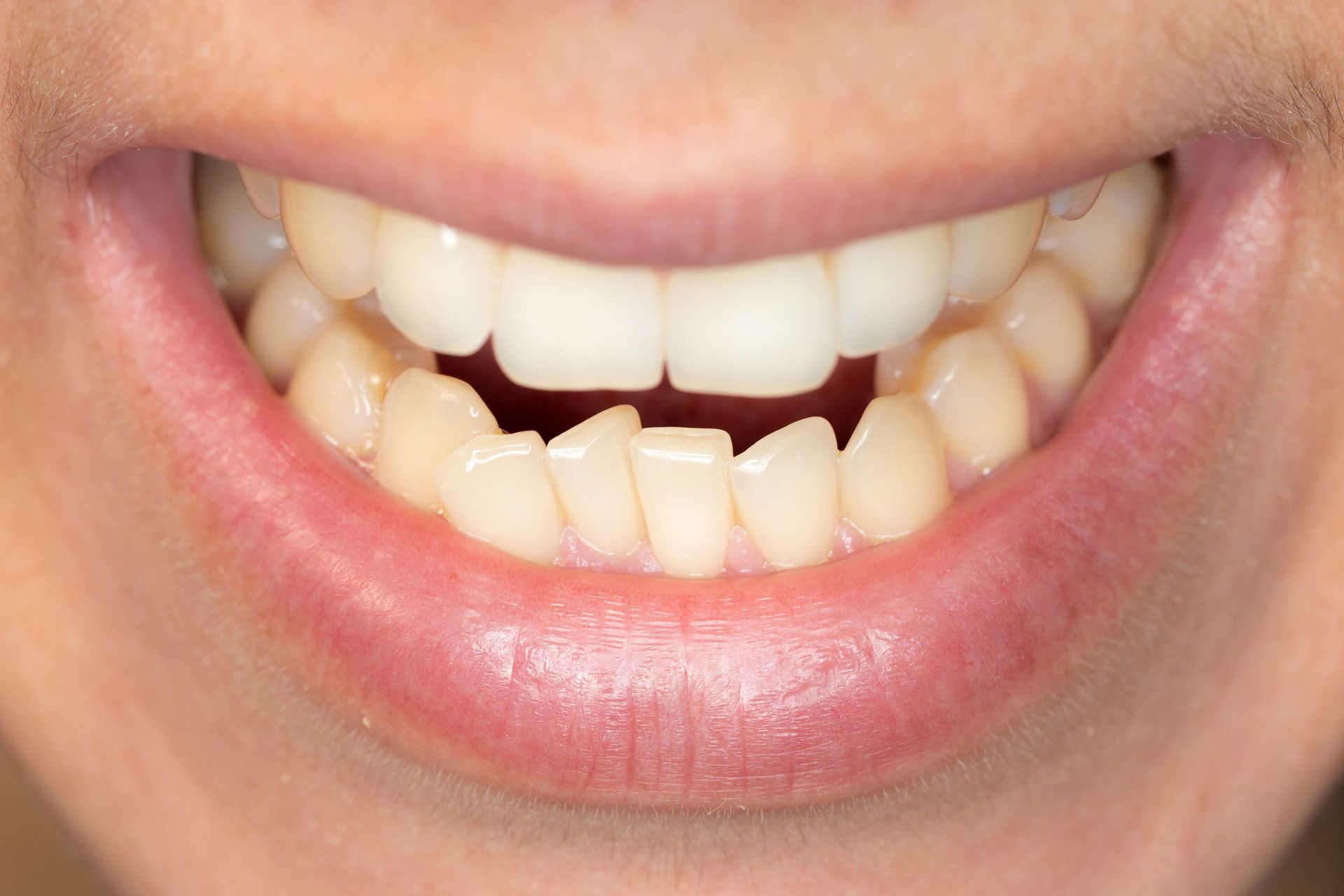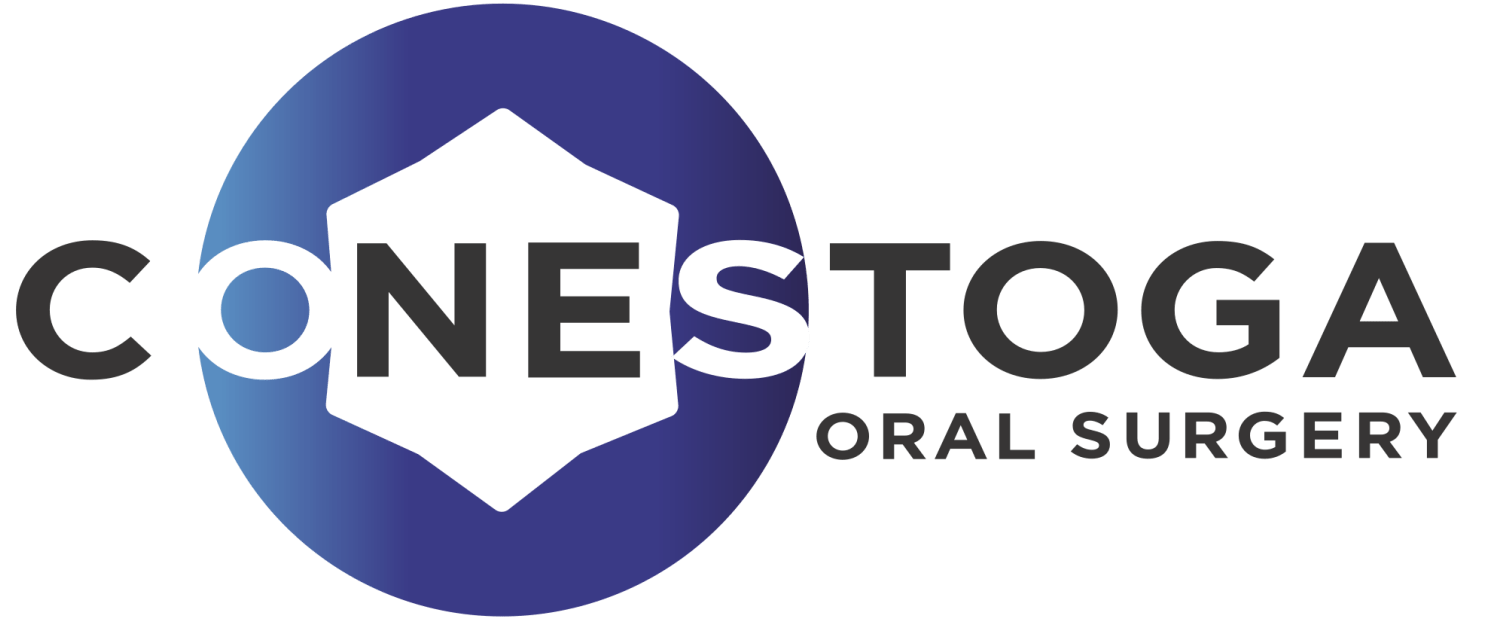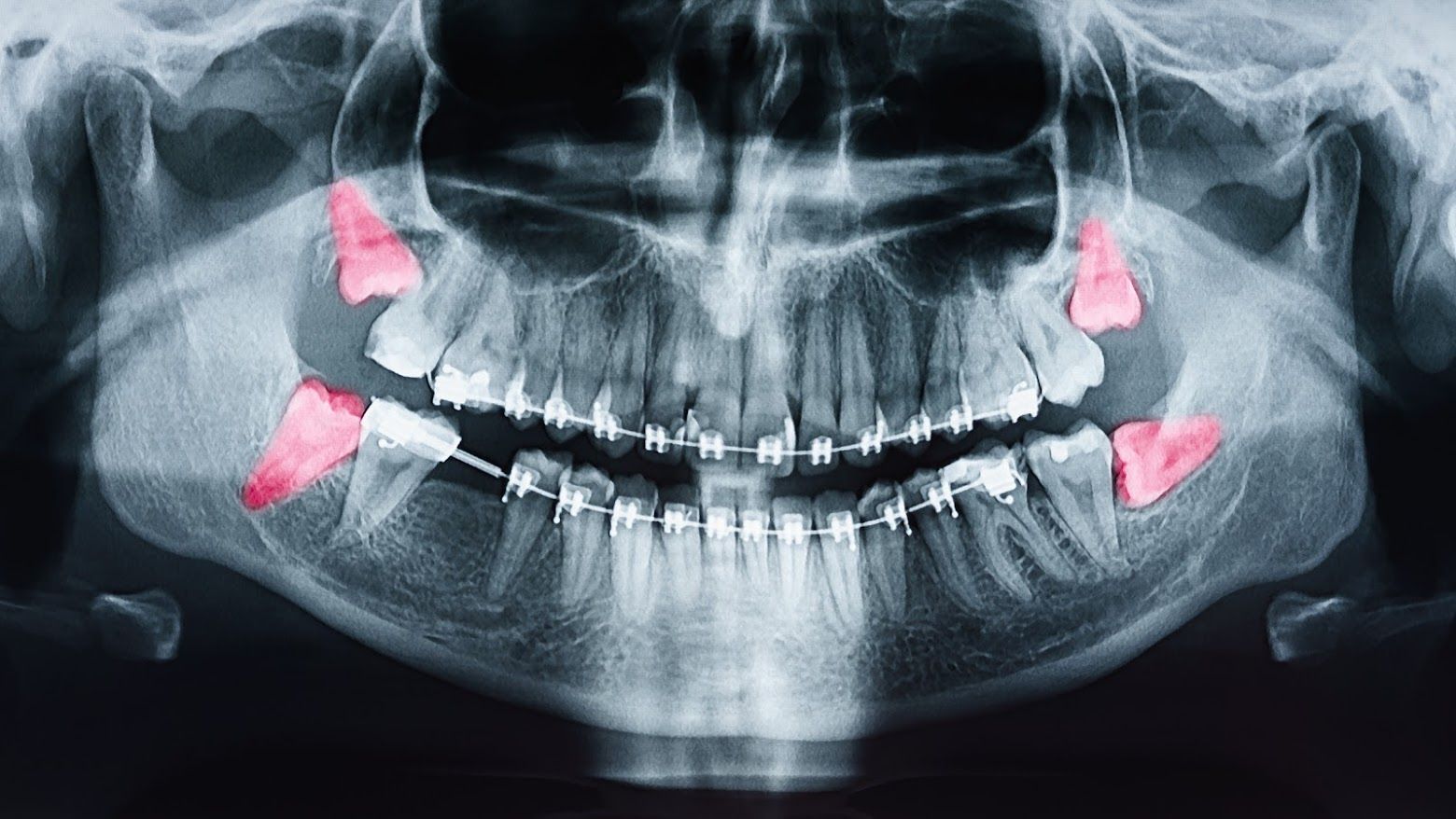Lancaster Office
Hershey Office
Lititz Office
Frequently Asked Questions About Orthognathic Surgery

When you think of jaw surgery, you may naturally think of oral surgeons repairing the jaw after a traumatic incident such as a car accident or physical altercation. There are times, however, patients electively undergo surgery to correct a deficiency that results in poor chewing, difficulty with speech, or a cosmetic issue. This surgery is known as orthognathic surgery and for a specific patient population where braces with an orthodontist are not enough, this surgery can be life-changing.
While not all patients need this specific surgery, a consultation with an orthodontist and oral surgeon will allow you to have a basic understanding of the proces and decide whether this treatment path is right for you. Read on to find the answers to the following frequently asked questions about corrective jaw surgery.
WHY DO PEOPLE CHOOSE TO HAVE ELECTIVE JAW SURGERY?
Most people who undergo orthognathic surgery suffer from some sort of malocclusion, or bite misalignment. Examples of this include when the upper jaw and lower jaw are either overgrown or undergrown resulting in a significant overbite and underbite. There are times when the jaw develops in an asymmetric fashion resulting in a jaw that is not centered with the facial axis giving the chin a crooked/off-center position. When the upper and lower jaw do not have a harmonious relationship, it can be difficult for patients to close their lips over the teeth resulting in dry mouth or a “gummy” smile. Dry mouth results in higher incidence of cavities which can obvious cause many long-term problems. In addition, when the teeth do not come together properly a patient’s ability to bite into food and chew properly can be severely affected. There is also a subset of patients that suffer from sleep apnea. These patients have exhausted all other avenues of treatment and seek an oral surgeon to have corrective jaw surgery to reverse their sleep deficiency.
Regardless, all of the patients discussed above are seeking correction of some sort of deformity affecting their quality of life.
WHAT ARE THE DIFFERENT TYPES OF ORTHOGNATHIC SURGERY?
There are times when a jaw discrepancy is so great that aligning the teeth with traditional braces is not possible. In this scenario, braces alone would push the teeth outside the boundaries of their normal position resulting in bone loss and instability. Orthognathic surgery encompasses the repositioning of the jawbones to bring the upper and lower jaws into proper alignment. Having a consultation with your oral surgeon will help determine where the discrepancy lies and whether you would benefit from surgery involving the upper jaw, lower jaw, or a combination of both.
The lower jaw surgery, termed a bilateral sagittal split osteotomy, involves a controlled, well-planned cut of the mandible on both sides. The incisions are all within the mouth. This allows the oral surgeon the opportunity to then move the jaw to a new position for better contact of the teeth. Once in the new position, plates and screws are used to fixate the jaw (acting like a cast) to allow for the jaw to heal in its new position.
If your upper jaw needs repositioning a LeFort Osteotomy is completed to allow the maxilla to be moved into a new position. The oral surgeon will make an incision inside the mouth. There are times that the jaw itself can be divided to widen or narrow the arch to again have the teeth in a better occlusal relationship.
Oftentimes, movement of one jaw is not enough and both of the above listed surgeries are completed for a “double jaw” surgery approach. Also, when the lower jaw is moved forward, but a patient still has a chin deformity, a procedure called a genioplasty can be completed to bring the chin forward into a better facial profile position. All of these surgeries enable the oral surgeon to position the jaw in a more ideal position. The orthodontist is then able to complete a short course of finishing orthodontics with ease afterward.
WHAT CAN I EXPECT IF I AM CONSIDERING THIS LIFE CHANGING SURGERY?
Orthognathic surgery requires careful preparation by both an orthodontist and oral surgeon. Patents often first consult with an orthodontist to determine if braces alone can correct their malocclusion. A well-trained and knowledgeable orthodontist can make a quick initial assessment and then will refer a patient to an oral surgeon to discuss the prospect of jaw surgery. This process usually begins before a patient goes into braces.
Once a treatment roadmap has been established, the patient will enter PHASE I of treatment which involves braces with the orthodontist. Depending on how much the teeth are malpositioned, you may need to be in braces 1-2 years prior to your jaw surgery. The orthodontist is moving the teeth into positions that will fit well together after the jaws are moved into their new position in PHASE II. When you are ready for surgery, you will return to your oral surgeon to begin the planning of PHASE II, which is the jaw surgery phase. State-of-the-art oral surgical planning takes place online, virtually with the surgeon, orthodontist, and a reputable digital technician. Custom splints and guides are fabricated to improve surgical accuracy.
The surgery itself takes place in an operating room under general anesthesia. An overnight hospital stay is likely, and most patients go home the next morning. Several weeks of recovery are necessary and the patient must maintain a soft, NON-CHEW diet for six weeks after surgery to allow proper healing. Your oral surgeon will advise you every step of the way to optimize your recovery from orthognathic surgery. Once healed, the patient then returns to the orthodontist for PHASE III. This phase involves finishing orthodontics to make any minor adjustments to the bite prior to removal of the braces.
If a longstanding issue with your jaw structure or bite compels you to consider orthognathic surgery, schedule a consultation with one of our board-certified oral surgeons at Conestoga Oral Surgery. One of our knowledgeable doctors will meet with you and your family and discuss the process in more detail. Contact us today.
- Mon - Thu
- -
- Friday
- -
- Sat - Sun
- Closed














